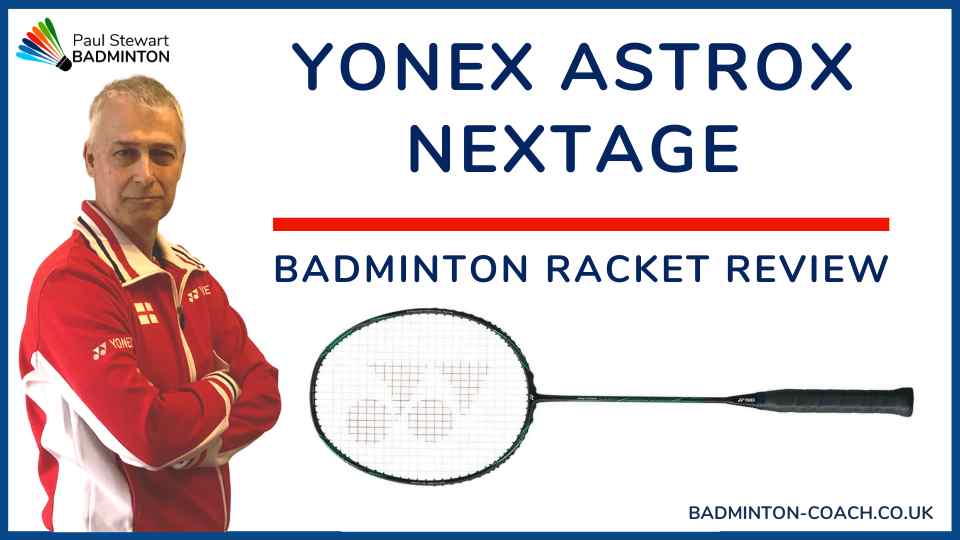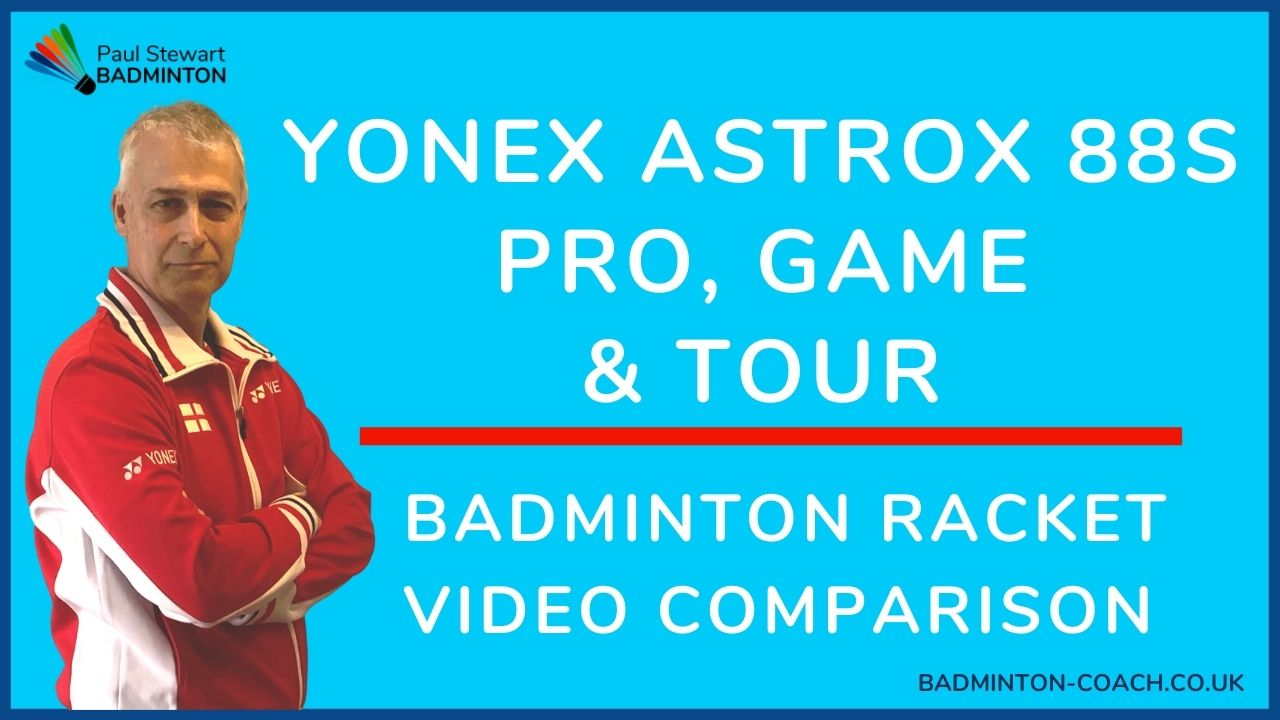I played a match last Wednesday. For the first time the club used the correct speed shuttles. Guess what happened?
As virtually all the players were used to playing with slow shuttles, a high percentage of rallies ended with the shuttle being hit out of the rear court. Only a couple of players managed to adjust their shots over time but even they, me included, when put under extreme pressure hit that bit too hard and gifted a point to the opposition by lifting too long.
You’ll recall from my original article that most clubs are playing with slow shuttle speeds and do not play with the correct shuttles that fall within the laws of the game. Because of this, players are gradually losing key skills to control the shuttle properly.
Essentially what we’re left with is a game where smashes are less penetrating and therefore can be returned easier, players are able to get out of trouble easier without being penalised as often for lack of control (i.e. keeping the shuttle in) and we’re losing the feel around the net to move a shuttle at will with deft touch to create an opening.
If you analysed the games and rallies played last Wednesday you would have reached the same conclusion as me. Players had been so used to slow shuttles, they couldn’t make adjustments fast enough to prevent loss of points.
The opposition were initially saying that the shuttles were too fast. On further discussion with them they then agreed that they had been playing with shuttles that were way too slow and therefore they struggled to adjust to the correct speeds.
What was also interesting was that most of the opposition did not test the shuttle properly. They stood on the back doubles service line instead of the back line to strike the shuttle. They need to read my article!
Keep sending me comments. It’s always good to hear from you.
To your success
Paul











Hi Thomas
Great questions!
As you improve your needs will change. When you’re consistently timing the hit, then a large sweet spot on your racquet isn’t required. Your swing speed may only change a little but your technique will determine whether you’re ready to test another tension.
I’d suggest increase in increments of 1lbs so, depending on how often you play, and your budget, will determine the number of restrings/tests you’ll do in a year.
What you will find is that your technique will improve again as the racquet gives you more control.
If you know what tension is in your racquet now, then that’s your starting point. A decent stringer will ask a lot of questions about you and your wants prior to stringing your racquet. They will also advise you on string choice and tension. Make sure you tell them whether you play with plastic or feather shuttles as this should colour their decision on tension considerably.
Start off low. If you’re playing with feathers and you’ve never had your racquet strung before, then I’d ask for 20lbs tension. Most racquets are strung at a lower tension than this so you should notice the difference.
Eventually you will reach a point where the next tension increase doesn’t give you any more than you already had. It’s then a matter of preference whether you choose the lower tension or higher tension. Most players tend to choose the higher tension on the basis that they don’t want to take a step backwards. However, if you feel the lower tension is more preferable, then go with it.
Hope this helps.
To your success
Paul
Hi Paul, thanks for a very informative blog!
Based on what you wrote, can I assume that as I improve as a player, I will then gradually prefer to string at a higher tension? Or is it dependent on some aspects of my improvement, e.g. swing speed and technique?
Is it also better to start low to high when looking for my optimum tension? And if I’m in undecided between 2 number, should I go with the lower one?
Cheers.
Thomas